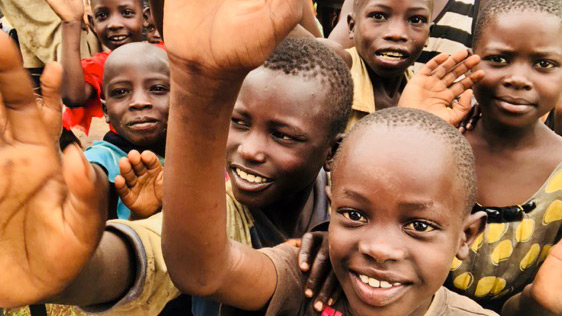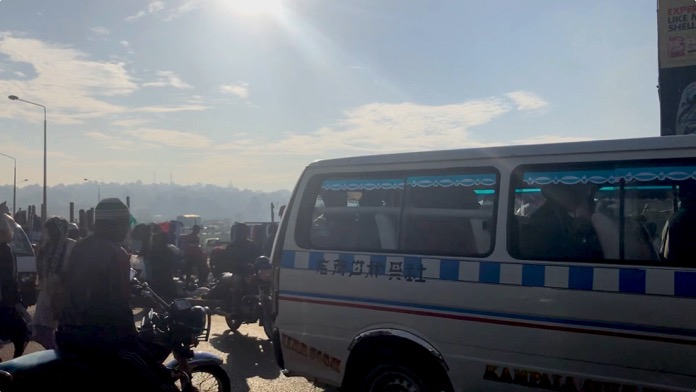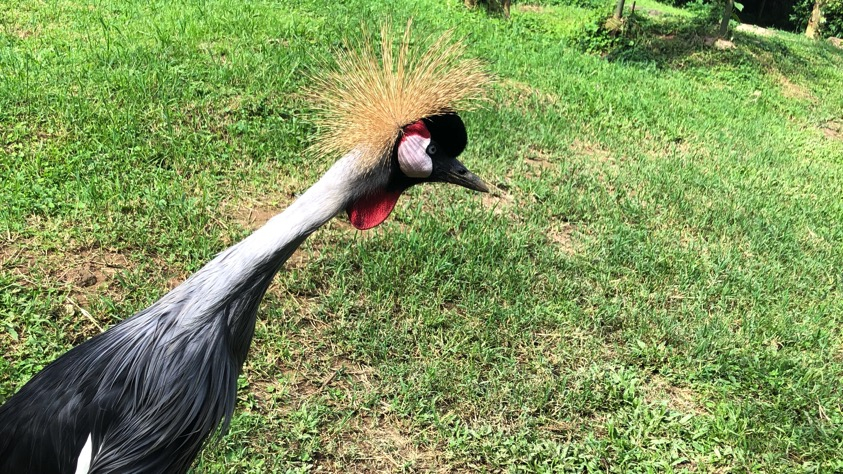
Grey crowned crane, the national bird of Uganda, is seen at Entebbe Zoo. /CGTN Photo
Grey crowned crane, the national bird of Uganda, is seen at Entebbe Zoo. /CGTN Photo
Located in the heart of Africa, Uganda is known as “the pearl of Africa” thanks to its incredible wildlife and flora as well as its myriad of landscapes, which range from the tranquil Lake Victoria to the bustling cities.

The source of the River Nile, where the water of Lake Victoria joins the longest river in Africa. /CGTN Photo
The source of the River Nile, where the water of Lake Victoria joins the longest river in Africa. /CGTN Photo
There’s not a single dull moment in Uganda. Traveling through the country, it is easy to encounter things that are unexpected, yet somehow make sense. Such discoveries help visitors better understand the latest development of the country, and Africa.
Something Ugandan
The equator, an imaginary line that divides the world into two halves, presents the first head-scratching issue.
Though sitting on the equator, Uganda is not as hot as people imagine. With an average altitude of around 1,000 meters, the equatorial country is gifted with a cool climate throughout the year.
Visiting the equator in Kayabwe should always be on the to-do list for those planning a trip to Uganda.
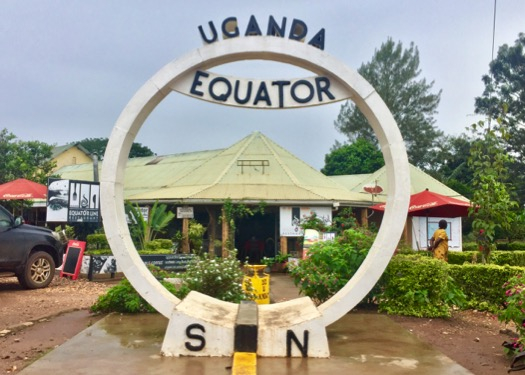
A monument states "Uganda Equator" with a yellow line showing the zero latitude dividing the south and north hemispheres of the earth in Kayabwe, Uganda. /CGTN Photo
A monument states "Uganda Equator" with a yellow line showing the zero latitude dividing the south and north hemispheres of the earth in Kayabwe, Uganda. /CGTN Photo
Local residents set three basins with a small hole – one at the south side, one at the north side and one at zero latitude. The fun experiment attempts to show the water swirling clockwise as it drains if the basin is placed in the northern hemisphere, while water spins anticlockwise if the container is set at the south side. Water will drain vertically in the basin on the equator line.
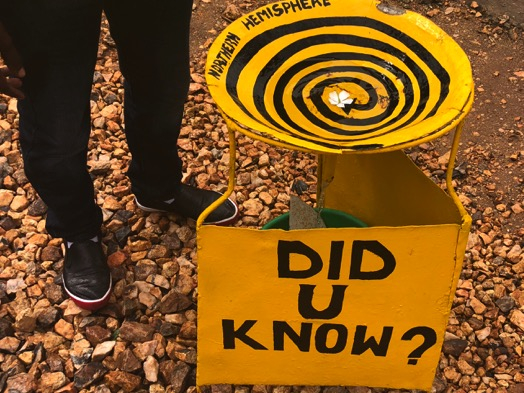
The basin for the water flow experiment at the equator /CGTN Photo
The basin for the water flow experiment at the equator /CGTN Photo
I told the tour guide I would do a live broadcast on CGTN’s Facebook page. He changed his shirt to the uniform of the Ugandan national football team and showed his great scientific curiosity talking about the equator and the complicated "Coriolis effect" behind the water flow test.
Although some people say the experiment, which costs 15 US dollars, is a trick – the equator has brought great business opportunities to Kayabwe as tourists from both hemispheres continue to flow.
See the experiment: A trip to the equator in Uganda
Something Japanese
After spending a week in Uganda, I was not surprised seeing kanji, Chinese characters used in the Japanese writing system, on pickup trucks and minibuses, because they’re everywhere!
Toyota and Nissan are among the popular brands seen on the roads in Uganda. The cars are usually used as cabs, or trucks for transporting goods with indicators of what they used to be still visible – I saw a minibus that used to be an ambulance for a Japanese hospital!
Imported secondhand cars are not a rare thing across Africa. Despite concerns over road safety and gas emissions, Africa is one of the leading importers of Japanese vehicles.
According to a March 2018 report by the United Nations Environment Program, Japanese used car exports dominate the South and East African markets. Uganda, together with South Africa, Tanzania, Zambia and Mozambique, account for 81.1 percent of the Japanese used vehicle trade.
Why do Africans love Japanese used cars? My Ugandan driver told me that affordable prices are one of the major reasons. With strict scrappage policies, Japan is one of the biggest exporters of used vehicles in the world. Exporters are able to meet the needs of the large African market and the popularity of Japanese cars also makes it easy for African drivers to find spare parts.
Something Chinese
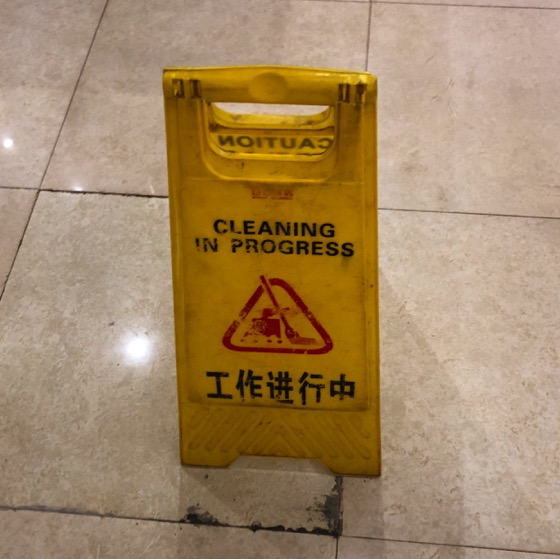
A sign seen at a local shopping mall in Entebbe, Uganda /CGTN Photo
A sign seen at a local shopping mall in Entebbe, Uganda /CGTN Photo
Although people drive on the left in Uganda, my colleagues and I were still able to notice how similar the road linking the Entebbe International Airport and the capital city Kampala is to highways in China.
Not surprisingly, the road was built by a Chinese company as part of the many cooperative projects to improve the African country’s infrastructure.
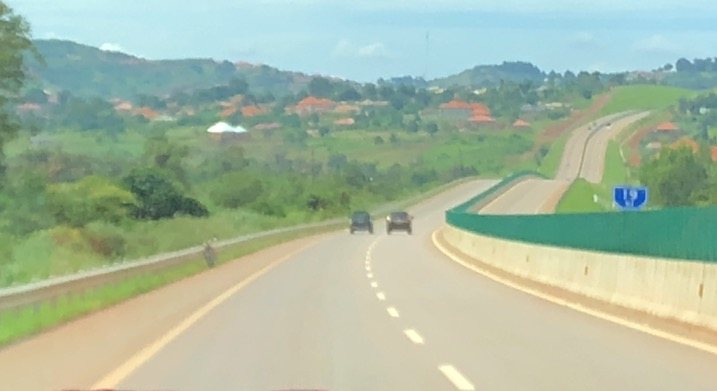
Highway linking the Entebbe International Airport and the capital city Kampala /CGTN Photo
Highway linking the Entebbe International Airport and the capital city Kampala /CGTN Photo
Discovering Chinese items wasn’t as hard as I had thought during my stay in Uganda, and I was eager to know how Ugandan people viewed Chinese companies and their products.
One security guard working outside our hotel told me he likes Chinese phones because of their power efficiency and three SIM slots, which allow him to choose the best Internet bundle from different telecom companies.
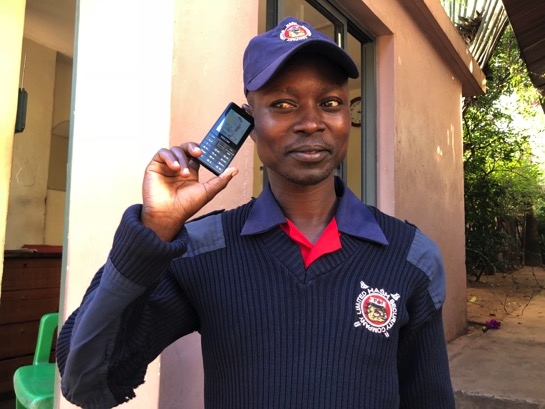
A security guard shows his Chinese phone. /CGTN Photo
A security guard shows his Chinese phone. /CGTN Photo
A police officer told me that plenty of foreign companies sell goods in Uganda, but expressed hope that Chinese firms could improve the quality of their products.
The last unexpected thing for me regarding China in Africa took place during a layover at Addis Ababa airport as my team left Uganda for the next leg of our journey. An officer at the security check took away our equipment for no apparent reason before whispering, “Feng You Jing.”
We had no choice but to share with him the Chinese herbal oil that is widely used to ease mosquito bites.
The first time I heard of stories that the balm was a popular gift in Africa was at least ten years ago. It is surprising that the traditional Chinese essence, with its aroma that lingers for a long time, still has a special status in the African market.

